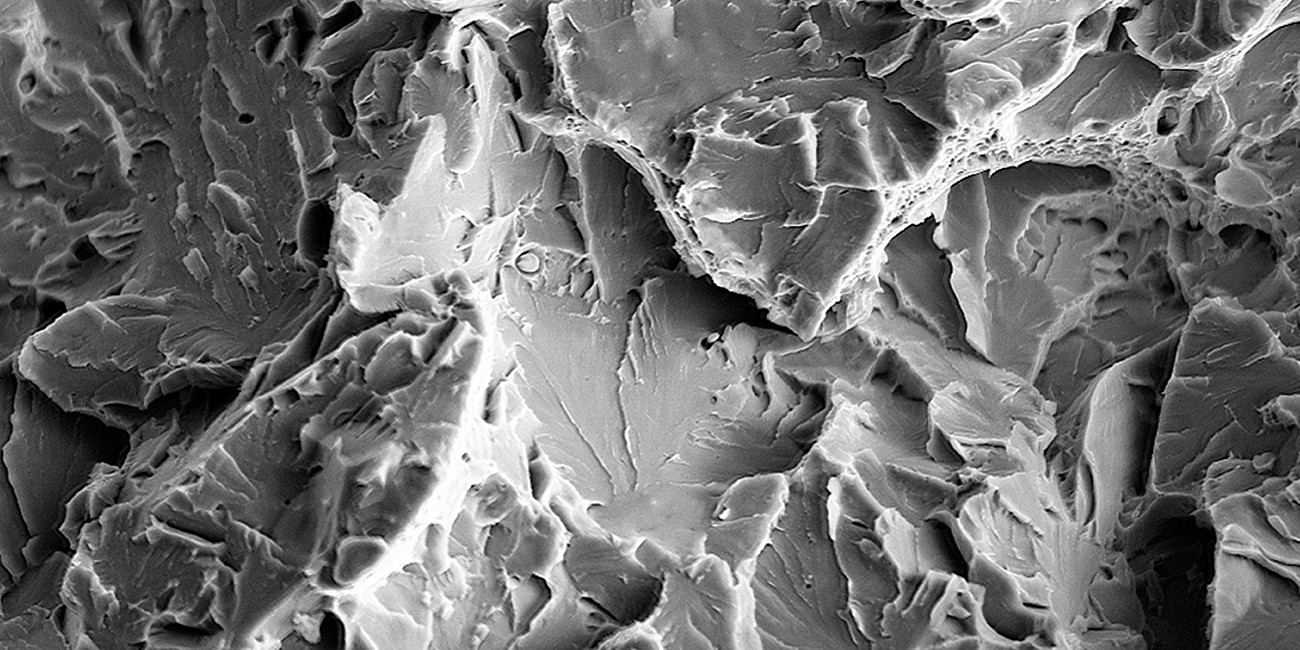Main activity
Within the structure of the Center for Engineering Materials, the field of competence “Microstructure” takes the place of a central competence and service center for preparative, and optical and electron microscopic tasks.
The competence field focuses on macroscopic and microscopic examinations, metallographic microsection preparation and optical microscopic microstructure examination and evaluation, microfractographic examination of crack and fracture surfaces, examination of surfaces, and small load and microhardness testing.
The field of competence “Microstructure” is instrumental in conducting failure analyses as well as microscopic analyses as part of the research activities at the Center for Engineering Materials.
In this context, the structure-property relationship forms a focal point. The knowledge of material microstructure forms the basis of the phenomenologically based material and component characterization towards a mechanism-based understanding of the relationship between (process – ) structure – property of materials and material systems.
The field of activity is comprised of in particular:



